European processors aim for a sustainable future
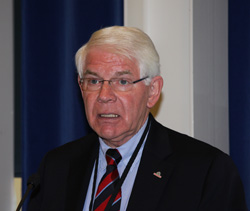
European poultry processors gathered together last September in Copenhagen, Denmark for their annual assembly. Their common view was to make clear that poultry production in the EU is meeting the highest possible standards. As a result, EU produced meat is offering added value, AVEC says.
By Ad Bal
Global food production has its limits. European poultry processors, grouped together in AVEC and representing 95% of EU poultry industries, understand these limits and which part they play in this respect. “A sustainable EU market in a global world” was therefore the theme of this years conference. Over one hundred delegates from all across the EU attended the assembly to convene and share their views. Vice president Paul-Heinz Wesjohann of AVEC addressed the audience in his opening speech by highlighting some of the major themes that the organisation is currently involved in. One such theme is sustainability in EU production.
AVEC is actively participating in EU programmes for reducing gas emissions and managing waste water. At the same time, they underline that poultry has the lowest carbon footprint and land use, compared to other animal species. Like on previous occasions, Wesjohann also underlined again that the EU is taking the lead in terms of animal welfare and producing healthy and wholesome food. Further reducing Salmonella and campylobacter therefore are key objectives.
Net importer in 2015
In reference to global trade, AVEC stressed the need for defining clear marketing standards and food information for consumers. Thus the origin of imported poultry and the added value of products that originate from the EU will be made clear. According to Wesjohann, overall EU production is currently increasing, but margins will decrease, due to higher costs and legislative burdens. AVEC expects the EU to become a net importer of poultry meat from 2015. Wesjohann therefore emphasised on the added value of EU produced meat to remain competitive on the global marketplace.
In reference to global trade, AVEC stressed the need for defining clear marketing standards and food information for consumers. Thus the origin of imported poultry and the added value of products that originate from the EU will be made clear. According to Wesjohann, overall EU production is currently increasing, but margins will decrease, due to higher costs and legislative burdens. AVEC expects the EU to become a net importer of poultry meat from 2015. Wesjohann therefore emphasised on the added value of EU produced meat to remain competitive on the global marketplace.
These views were shared by Lars Hoelgaard, special adviser DG AGRI. Hoelgaard elaborated on EU quality food production and maintained that the EU poultry production is self supporting. He mentioned that more trade agreements might be concluded and underlined the importance of European poultry businesses remaining competitive by appealing to consumers with the European values reflected in the products.
Most produced in 2050
Carolyn Opio from FAO confirmed that poultry meat has, among all meat types, the most favourable image with regards to the carbon footprint and is of increasing importance in BRIC and developing countries. Global poultry consultant Paul Aho, projected poultry meat to become the most produced meat type by 2050 when the world population reaches nine billion inhabitants.
Carolyn Opio from FAO confirmed that poultry meat has, among all meat types, the most favourable image with regards to the carbon footprint and is of increasing importance in BRIC and developing countries. Global poultry consultant Paul Aho, projected poultry meat to become the most produced meat type by 2050 when the world population reaches nine billion inhabitants.
Among all meat types poultry meat is the most efficient converter of cereals and corn and the price of poultry meat is directly linked to the costs thereof. He pictured the link between feed and biofuel and forecasted the prices of corn to be stable or lower for the coming period and in 2012.Campylobacter will be the future challenge for poultry production, confirmed Hanne Rosenquist, researcher of the Technical University of Copenhagen, though no acceptable cure is available so far. The CamCon project of the university will most likely contribute to the solutions to better control lower Campylobacter levels in poultry.
During the assembly, AVEC paid tribute to its secretary general Tage Lysgaard for serving the organisation for no less than 38 years, and thanked him for his commitment and dedication to the European and global poultry cooperation and production. Tage Lysgaard was succeeded in 2005 by Cees Vermeeren as AVEC’s director.
MORE INFORMATION
Join 31,000+ subscribers
Subscribe to our newsletter to stay updated about all the need-to-know content in the poultry sector, three times a week. Beheer
Beheer
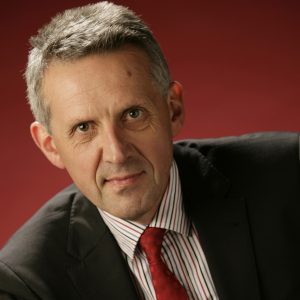

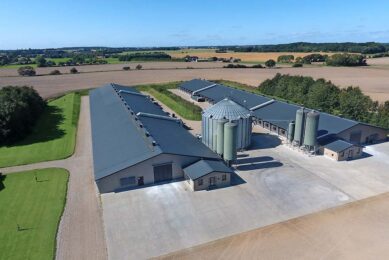
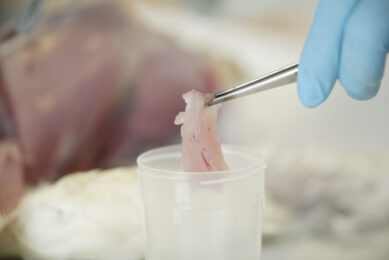
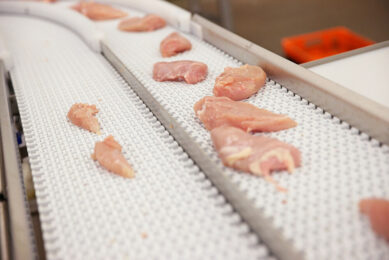



 WP Admin
WP Admin  Bewerk bericht
Bewerk bericht